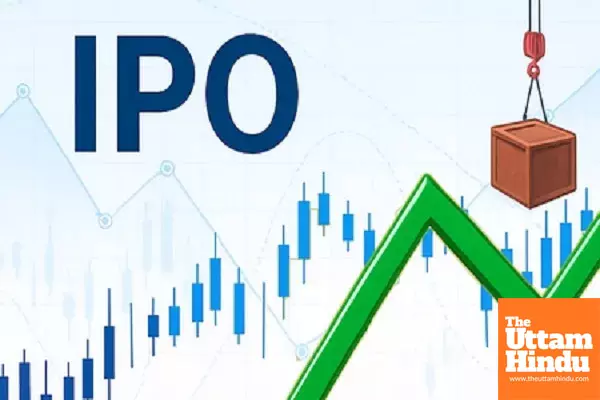The IPO Market Booming in the First Half of 2025, Companies Raised Funds worth More than Rs 45,000 crore

New Delhi (The Uttam Hindu): The first half of 2025 (January to June period) has been very good for the Indian Initial Public Offering (IPO) market. During this period, companies have raised Rs 45,351 crore, which is 45 percent more than the funds raised in the same period last year of Rs 31,281 crore.
This amount has been raised by the companies by bringing IPO at a time when the market is witnessing fluctuations due to instability in the global economy.
According to experts, the reason for the IPO market to remain good in 2025 is the good performance of the domestic economy, low inflation and interest rates. Since the beginning of February, the Reserve Bank of India has cut the repo rate by one percent. At the same time, retail inflation has also remained at a 6-year low of 2.1 percent.
What is noteworthy is that despite the increase in the amount of money raised, the number of IPOs in January-June 2025 declined to 24 from 36 in the same period last year. This shows that companies are bringing bigger size IPOs due to strong investor demand. According to data shared by merchant bankers, about 67 percent of the IPOs listed in the first half of the year were listed at a premium and investors got an average return of about 25 percent.
During this period, big companies like HDB Financial Services, Hexaware Technologies, Schloss Bangalore and Ather Energy were listed on the stock market. Most of these IPOs consisted of fresh equity and offers for sale (OFS), which were used to fund expansion, repay debt and meet working capital needs.
The number of companies preparing to launch IPOs also saw a surge during this period. The Securities and Exchange Board of India (SEBI) received IPO drafts from 118 companies, more than double the 52 IPOs filed in the same period last year. This indicates strong activity in the market in the future.
Rattiraj Tibrewal, CEO of Choice Capital Advisors, believes that the economic situation is likely to improve in the coming months. This is because global and domestic challenges such as inflation, interest rates, geopolitical tensions and currency volatility are likely to reduce.
